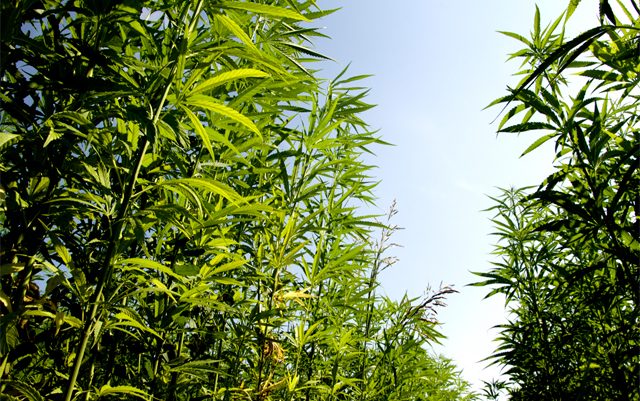Source: marijuanatimes.org

Everyone dreams of a green planet where energy is abundant and inexpensive. Hemp is a natural resource that has long been overlooked as one material that can put this plan into motion. While scientists struggle to find new ways to incorporate graphene into energy storage solutions, the waste from hemp plants is proving more justified as a sweeter alternative.
Currently, home energy storage relies on lithium-ion or lead-acid batteries for later distribution. However, the toxic impact of lead and the difficulty in recycling lithium counteract the environmental purpose of green energy. These high capacity batteries are also slow to recharge. Supercapacitors, on the other hand, are able to hold hundreds of times the amount of electrical charge as standard capacitors.
Graphene-supercapacitors have recently been found to be an outstanding replacement for bulky and less efficient batteries. While the world is buzzing over this new discovery, little attention has been given to the price of the material and production. While graphene is considered to be one of the best materials for supercapacitor electrodes, the cost remains prohibitive. Costing as much as $2,000 per gram, graphene is a long way from being productive. On the other hand, hemp waste is compatible, readily available and cheap.
Professor David Mitlin of Clarkson University in New York, and researchers at the University of Alberta/National Institute for Nanotechnology (NINT), recently presented a compatible, low-cost, and environmentally safe alternative to move ahead, immediately, with the new supercapacitor technology at the American Chemical Society Meeting in San Francisco.
“Obviously, hemp can’t do all the things graphene can,” Mitlin acknowledged. “But for energy storage, it works just as well. And it costs a fraction of the price at $500 to $1,000 a ton.”
Dr. Mitlin’s team took the fibres from hemp waste and recycled them into supercapacitors. The hemp fiber waste was pressure-cooked then treated with potassium hydroxide. The result was the formation of uniquely structured nanosheets that were nearly triple of what standard commercial electrodes supply.
Turning leftover hemp bast fiber into powerful energy-storing supercapacitors could be the answer to providing homes with sustainable natural energy while creating less waste in the environment.
ReplyDeletebuy real weed online
bu quality weed online
buy real cannabis onlinebuy real marijuana online
weed delivery online
weed online shop
buy cheap cannabis online
cannabis for sale online
medical marijuana online shop
buy weed
marijuana for sale
cannabis online shop
legal cannabis
quality marijuana
weed shop online
cannabis online dispensary
buy cannabis
buy real cheap marijuana online